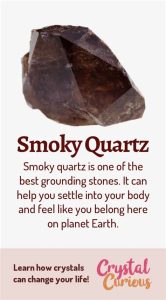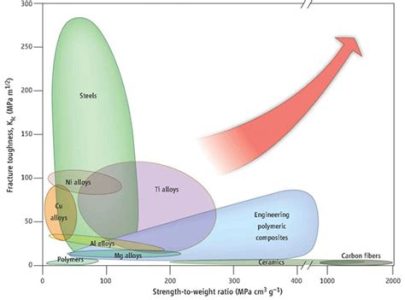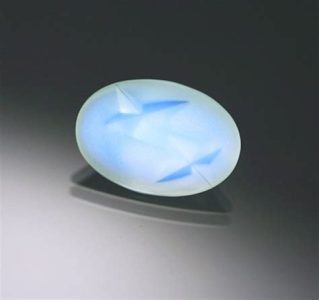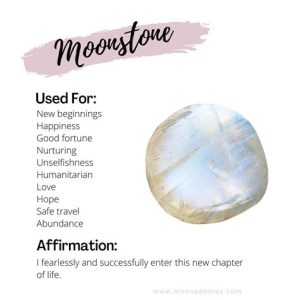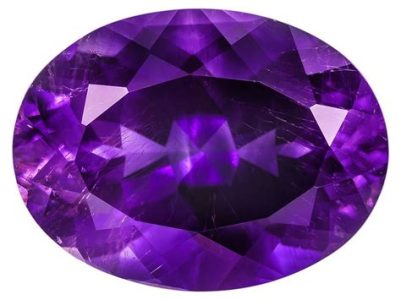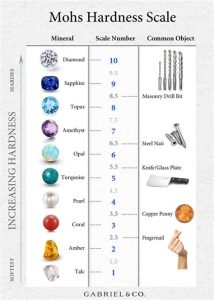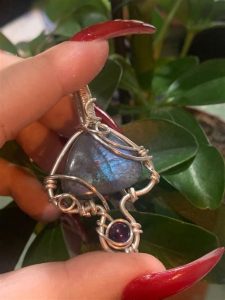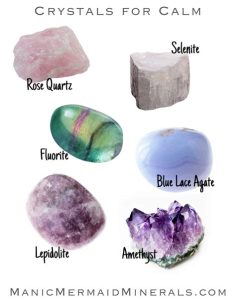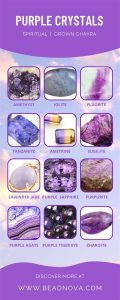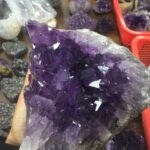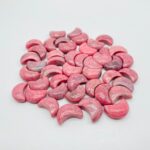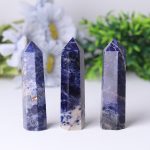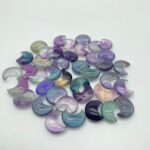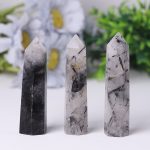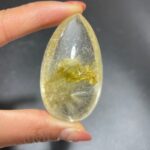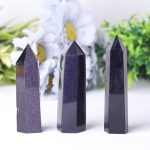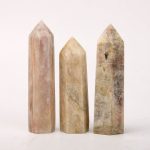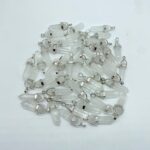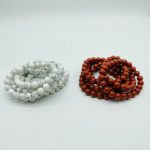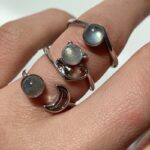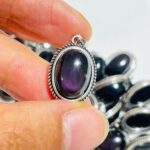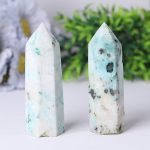Introduction
The world of gemstones is vast and fascinating, with a myriad of colors, shapes, and properties to explore. Among these gems, citrine stands out as a popular choice for its vibrant yellow hue and association with joy and optimism. However, not all citrines are created equal. True citrine, a naturally occurring mineral, is distinct from heat-treated amethyst, which is often sold as citrine. In this article, we will delve into the world of citrine, exploring its unique characteristics, benefits, and how to distinguish it from its heat-treated counterpart.
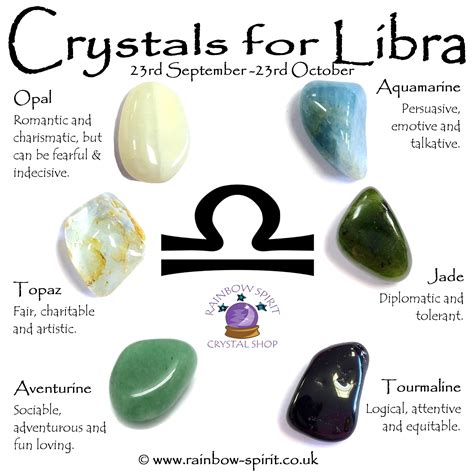
True Citrine: A Natural Beauty
True citrine is a member of the quartz family and owes its yellow color to the presence of iron impurities. It is typically found in Brazil, Madagascar, and Russia. Natural citrine is relatively rare, making it more valuable than heat-treated amethyst.
Characteristics
- Color: True citrine ranges from pale yellow to deep golden yellow.
- Clarity: True citrine is usually transparent to translucent.
- Hardness: True citrine has a Mohs hardness of 7, making it a durable gemstone.
- Specific Gravity: True citrine has a specific gravity of 2.65.
Heat-Treated Citrine: A Man-Made Gem
Heat-treated citrine is created by heating amethyst to temperatures between 400-500 degrees Celsius. This process oxidizes the iron impurities in the amethyst, converting it from a purple color to a yellow color.
Characteristics
- Color: Heat-treated citrine is typically a more saturated yellow than true citrine.
- Clarity: Heat-treated citrine is usually transparent to translucent.
- Hardness: Heat-treated citrine has a Mohs hardness of 7, making it a durable gemstone.
- Specific Gravity: Heat-treated citrine has a specific gravity of 2.65.
True Citrine VS Heat-Treated Citrine
While both true citrine and heat-treated citrine share similar visual characteristics, there are key differences between the two.
| Characteristic | True Citrine | Heat-Treated Citrine |
|---|---|---|
| Origin | Natural | Man-made |
| Color | Pale yellow to deep golden yellow | More saturated yellow |
| Inclusions | May contain natural inclusions | Typically free of inclusions |
| Price | More expensive | Less expensive |
| Value | Increases with age and rarity | Decreases over time |
How to Identify True Citrine
Distinguishing between true citrine and heat-treated citrine can be challenging, but there are a few telltale signs to look for.
- Color: True citrine tends to have a more natural yellow color, while heat-treated citrine may appear too saturated or artificial.
- Inclusions: True citrine may contain natural inclusions, while heat-treated citrine is typically free of inclusions.
- Price: True citrine is more expensive than heat-treated citrine.
- Clarity: True citrine may be less transparent than heat-treated citrine.
Benefits of True Citrine
True citrine is believed to possess numerous benefits, both physical and emotional.
- Physical: True citrine is said to boost the immune system, improve digestion, and reduce inflammation.
- Emotional: True citrine is associated with joy, optimism, and self-confidence. It is also believed to promote creativity and spiritual awareness.
Why True Citrine Matters
True citrine is a valuable gemstone for several reasons.
- Rarity: True citrine is a relatively rare gemstone, making it more special and desirable.
- Durability: True citrine is a durable gemstone that can withstand everyday wear and tear.
- Beauty: True citrine’s vibrant yellow color and natural inclusions give it a unique and eye-catching appearance.
- Symbolism: True citrine is a symbol of joy, optimism, and success.
Applications of True Citrine
True citrine’s unique beauty and properties make it a versatile gemstone with a wide range of applications.
- Jewelry: True citrine is commonly used in jewelry, including rings, necklaces, bracelets, and earrings.
- Home Decor: True citrine can be used in home decor, such as bowls, vases, and sculptures.
- Healing Crystals: True citrine is a popular healing crystal, used to promote physical and emotional well-being.
- Metaphysical: True citrine is used in metaphysical practices to promote spiritual growth and awareness.
Case Detail: True Citrine VS Heat-Treated Citrine
Consider the following case detail to further illustrate the differences between true citrine and heat-treated citrine.
A jeweler purchased two citrine gemstones, one labeled as “true citrine” and the other as “heat-treated citrine.” Upon examination, the jeweler observed the following:
-
True Citrine:
- Color: Pale yellow
- Inclusions: Visible natural inclusions
- Price: $500 per carat
-
Heat-Treated Citrine:
- Color: Saturated yellow
- Inclusions: None visible
- Price: $200 per carat
The jeweler concluded that the “true citrine” was genuine due to its natural yellow color, presence of inclusions, and higher price.
Conclusion
True citrine is a beautiful and valuable gemstone with numerous benefits and applications. By understanding the key differences between true citrine and heat-treated citrine, consumers can make informed decisions and enjoy the true beauty and power of this natural treasure.

